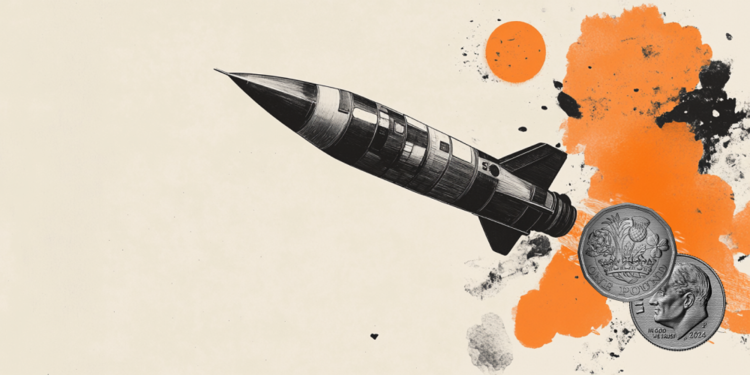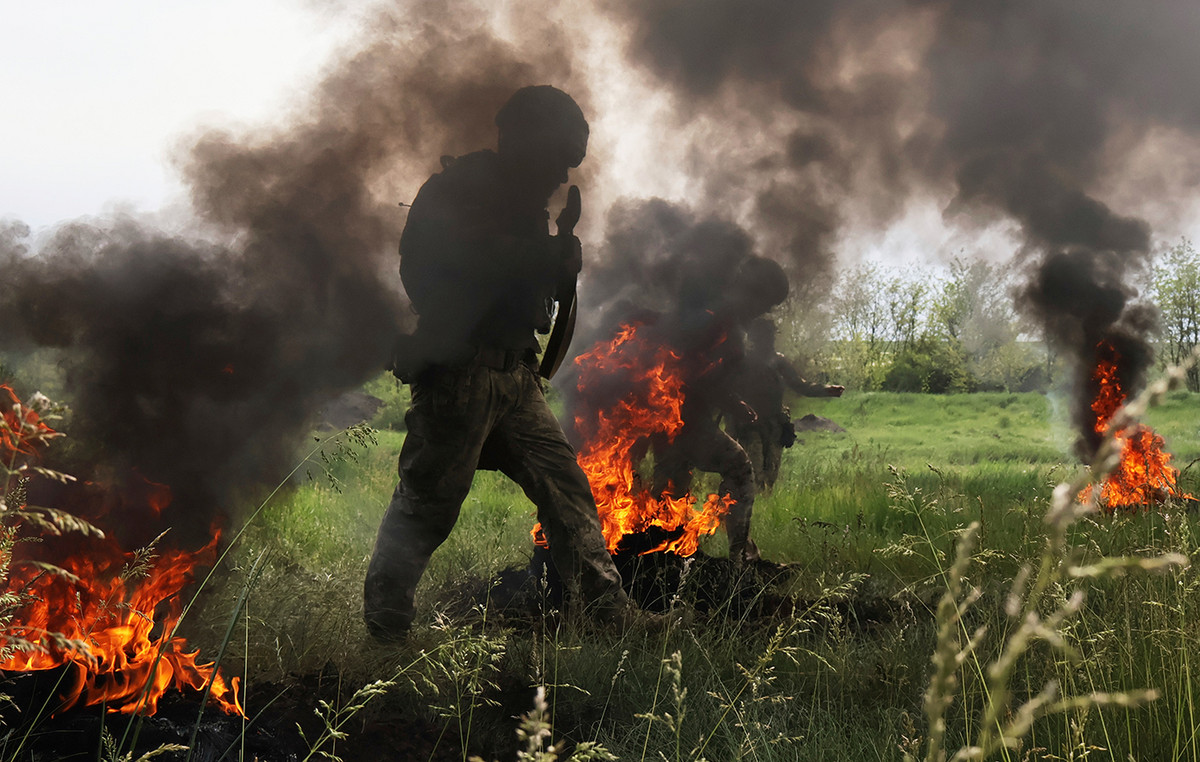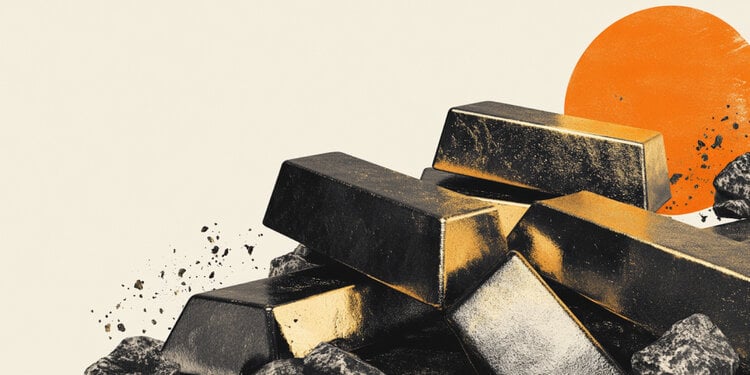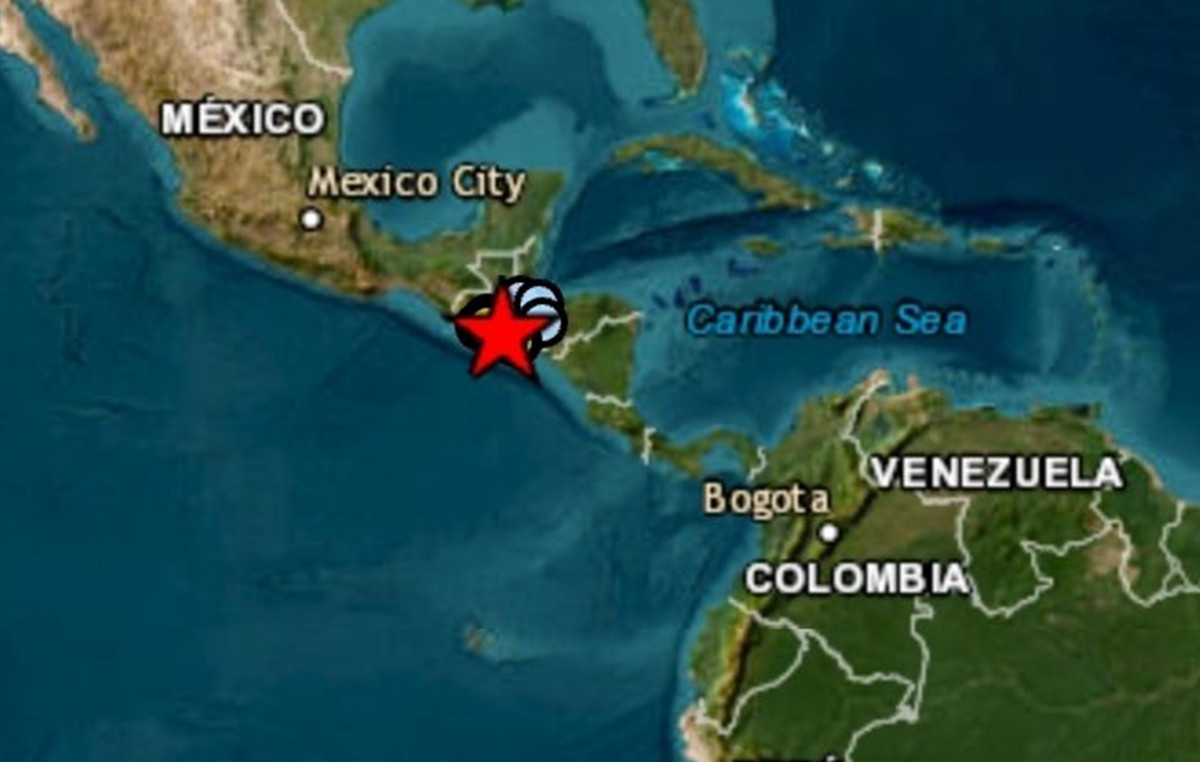The cost of production of poultry and swine has already accumulated highs of around 8.84% and 9.13%, respectively, this year, according to data from the Brazilian Agricultural Research Corporation (Embrapa).
Entities in the sector and experts point out that the increase is mainly due to the increase in grains such as corn and soybeans, which are the basis of animal feed and represent about 70% of production costs.
According to the president of the Brazilian Animal Protein Association (ABPA), Ricardo Santin, in addition to the war in Ukraine that caused grain prices to rise, the lack of rain in the southern region of the country negatively impacted the summer crop, reducing supply. of these commodities in the domestic market.
The knock-on effect of these increases is a greater expenditure on the production of these proteins.
“All this increase has already reached the producer, especially the independent one. The autonomous breeder is already in a lot of trouble, even in danger. With the conflict in Eastern Europe, export costs also increased, due to the impact on the logistics chain and the high price of a barrel of oil.”, points out Santin.
The president of ABPA also points out that spending on packaging also has an impact on the sector.
According to him, polymer packaging has increased by about 83% in value, and cardboard packaging has accumulated a high of 68% in price.
Despite the growth in spending, the swine industry has found it difficult to pass on or dilute costs.
Specialist Allan Maia, from the consultancy Safras & Mercado, explains that there is a large supply of pork in the domestic market at the moment, which prevents the transfer of prices due to competitiveness.
“The crisis in swine farming this year is very strong, with the risk of a lot of failure. In late 2018, China’s hog herd collapsed because of African swine fever, and there was a lot of investment in other markets, including Brazil. It turns out that in 2019 and 2020, exports continued to grow, and so did investments in production. So the maturation of the swine cycle is coming now, at a time when China has reduced demand for this protein.” explains Maia.
According to the Brazilian Association of Pig Breeders (ABCS), since the beginning of 2021 the pig farmer has been accounting for losses in the activity and in 2022 the situation worsened, reaching an estimated loss of almost R$ 3.00 per live kilogram sold in some regions.
ABCS also points out that in the first two months of this year, the cost increased by 76%, while the sale price fell by 26%, compared to the same period in 2021.
Source: CNN Brasil
I am Sophia william, author of World Stock Market. I have a degree in journalism from the University of Missouri and I have worked as a reporter for several news websites. I have a passion for writing and informing people about the latest news and events happening in the world. I strive to be accurate and unbiased in my reporting, and I hope to provide readers with valuable information that they can use to make informed decisions.







